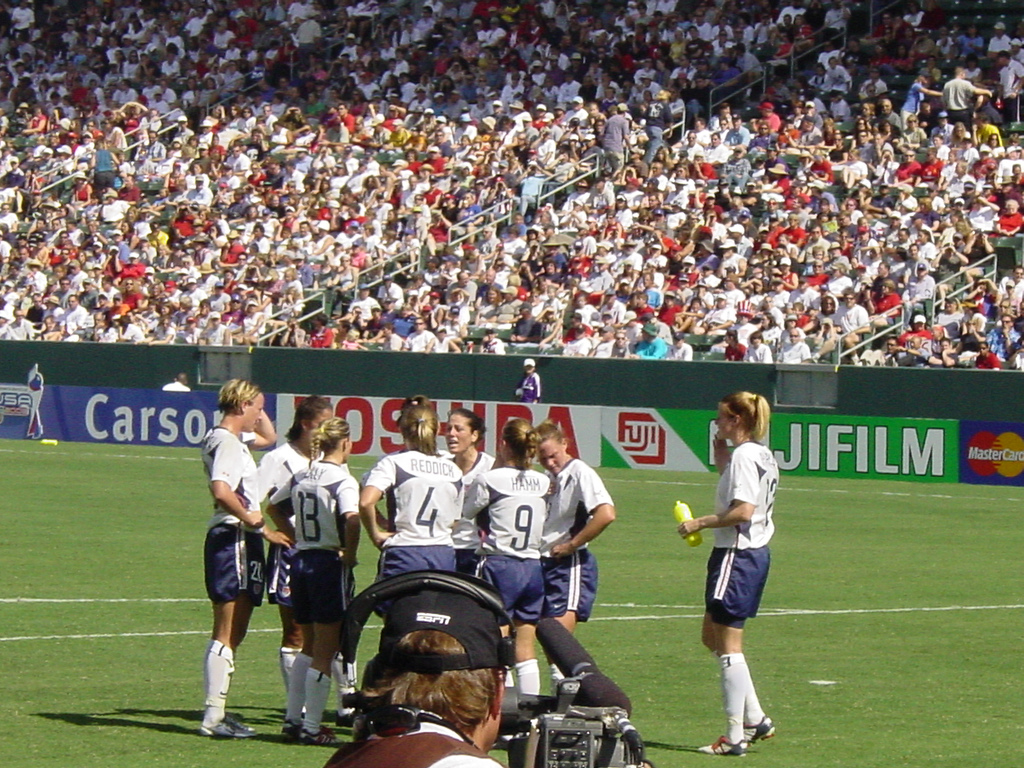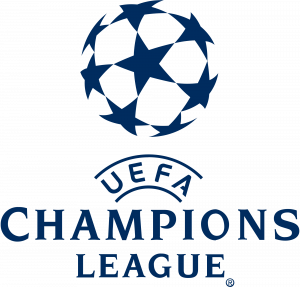This summer, the eighth Women’s World Cup will be held in France, and the sport will once again come out of the shadows. This cycle has been a little bit different, especially for Americans, as the men’s team’s failure to qualify for Russia 2018 was compounded by the fact that the women’s team is more successful.
Yet as CONCACAF held its 2018 women’s championship, the American masses were instead drawn to the new-look men’s team’s friendlies against Colombia and Peru, despite the fact that Christian Pulisic missed out through injury, and many of the players in the squad are still relative unknowns for the casual soccer fan. The United States women’s team breezed through the tournament, winning its five matches by a combined score of 26-0 and punching its ticket to France, but did anyone really pay attention? Because the Americans realistically didn’t need to. They were through to France by the 30th minute of their 6-0 semifinal win.
In the men’s game, World Cup qualifiers are big games; maybe not as big for the bigger nations, but they don’t become afterthoughts, especially as we reach the later rounds. Seeing a big team on the ropes late in qualifying always brings drama, and in the qualifying cycle for 2018 we saw Chile, Italy, the Netherlands, the U.S., Ghana, the Ivory Coast, Cameroon, and Algeria miss out, as well as Lionel Messi’s Argentina sit outside of a qualifying spot for most of the CONMEBOL qualifying cycle. But looking through the women’s qualification with Africa and Oceania left to go, all of the big teams: Australia, Japan, the US, Canada, Germany, and England, breezed through qualifying, with France automatically in as hosts.
So why should I watch women’s international soccer in the intervening time when I can already tell you what happens?
As far as I’m concerned, the only federation that does this right is UEFA. Like the men’s qualification process, UEFA splits 35 teams (narrowed down after a preliminary round amongst the lowest ranked teams) into seven groups. Each team plays each other home and away, and the top team qualifies. They hold an intercontinental playoff with the four best second-place teams (with a little wrinkle but realistically that’s unimportant) playing an intercontinental playoff for the eighth and final qualification slot. That process has given us England, Scotland, Norway, Sweden, Germany, Italy, and Spain, with Denmark and the Netherlands playing a two-legged tie in November to determine the final team.
So now the ones that are wrong. CONMEBOL is the smallest confederation with only 10 members, and its men’s World Cup qualifying always has the most drama. Over the four year cycle, each men’s team plays each other home and away, and the 18 match, single-table format always provides multiple meaningful games in the final international break of qualifying. But of course, the women’s side eschews all of that and decides everything over the course of a three-week tournament. The ten teams are broken up into two groups, and the top two from each group move on to another table. It’s okay, but nothing to write home about. At the end of the day, six teams are still eliminated after four games, and seven games will get you in. The top two qualify and the third goes to a playoff.
The other four regions decide who qualifies for the World Cup with an eight-team tournament for a varying number of spots (Oceania gets one, CONCACAF and Africa get three, Asia gets five), and in no region is this more of an issue than CONCACAF. Its qualification stage for the women’s tournament is uneven, splitting the region into North America (all three of whom automatically qualify), Central America (which gets two teams in out of four) and the Caribbean (three teams out of 23). They may as well throw the 28 lowest ranked teams (essentially not the US or Canada) into their own round to qualify for the next stage, but that’s its own separate problem.
Once there, the US and Canada are two powerhouses in the region and reached the final scoring 24 goals each and conceding only once combined. Even the semifinal matches were a combined 13-0. The confederation offers three spots and a shot at a playoff with CONMEBOL’s third-place team, so second place in the initial group stage is vital. The biggest story of the tournament was Jamaica qualifying for its first World Cup after beating Panama on penalties in the third-place game. Canada getting the automatic bid for 2015 gave the smaller teams a margin for error, but it’s a difficult road for a team that knows only three games really matter. And an even weirder tournament when the third-place game is the single most important match of the competition.
And then just look at the schedules of all the qualifying matches. Soccer isn’t fun to watch if all the players are sluggish, but the best in the world are forced to play so many meaningful games in such short time spans either.
For the 2018 Men’s World Cup, every confederation except UEFA had started its qualification process by October 2015, nearly a full three years before the start of the tournament. UEFA started in 2016, as it goes through only one stage of qualifying, unlike the other confederations that have three (CONMEBOL has only one, but spans 18 matchdays). Qualifying ends with the playoff stages in November 2017, and thereby spans a full two years while still giving national team managers ample time to scout and prepare their squads for the tournament. The federations also have time for their own continental tournaments and various friendlies over the summer, and FIFA gets to put on the Confederations Cup as well.
By comparison, for the women’s teams, only UEFA’s qualification was a process over the course of the preceding months leading up to the World Cup, which is no surprise as it mirrors the men’s qualification. It’s the remainder of the confederations where this falls apart:
AFC qualifying – Ten days in April 2017 for tournament qualification, two weeks in April 2018 for the tournament.
CAF qualifying – Two weeks tournament qualification, likely two weeks for the tournament.
OFC qualifying – One week for tournament qualifying, two weeks for the tournament.
CONMEBOL qualifying – Three weeks for the tournament.
CONCACAF qualifying – Five days for Central American qualifying, two weeks (spans longer, but no team plays for more than two weeks) for Caribbean qualifying, two weeks for the tournament.
CONMEBOL/CONCACAF playoff – One week.
Women’s international soccer would be more meaningful, as well as more fun to watch, if the qualification cycles mirrored the structures on the men’s side. If I had to guess, the issue would probably be money for travel, but everyone’s already traveling to America to play the U.S. women’s team. Playing these qualifying games in places that aren’t a “neutral” tournament site can only help to grow women’s soccer in these smaller countries. FIFA expanded the Women’s World Cup from 16 to 24 teams in 2015, so isn’t growing the game what FIFA wants to do?
The issue certainly isn’t time. Since the 2015 World Cup, the United States women’s national team has played 70 matches. 10 of them were qualification matches, and four of them were at the Olympics in Rio. That leaves 56 friendlies plus the inevitable “World Cup warm-up” friendlies, and yes, the SheBelieves Cup and Tournament of Nations are glorified friendlies. So maybe we shouldn’t be surprised that casual fans only care about women’s soccer for one month every four years. It’s hard for women’s soccer to be must-watch TV when 80 percent of non-World Cup games have no stakes at all.
Image Credit: flickr user Curt Gibbs





